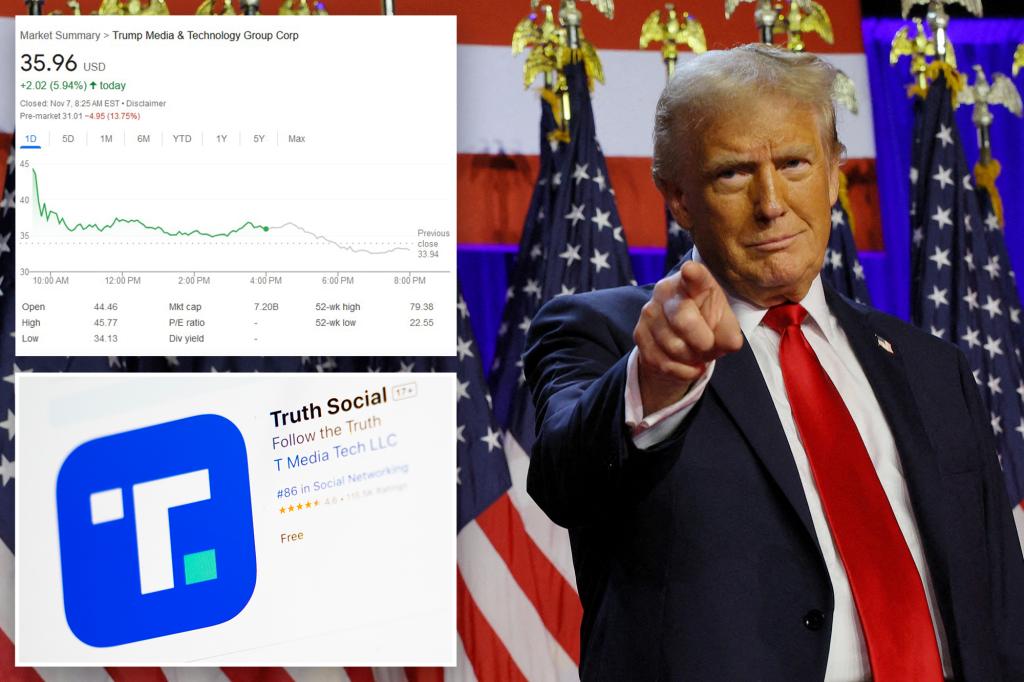FTX, once one of the most prominent cryptocurrency exchanges, has filed a lawsuit against rival firm Binance and its former CEO, Changpeng Zhao (commonly known as CZ), seeking to recover approximately $1.8 billion tied to an alleged fraudulent transaction involving its former founder Sam Bankman-Fried. The lawsuit, filed in Delaware bankruptcy court on Sunday, centers around a share buyback agreement made in 2021 between Bankman-Fried and top Binance executives. This legal action is another chapter in the ongoing saga of the FTX collapse, which has sent shockwaves through the cryptocurrency world.
The dispute stems from the sale of significant shares in FTX’s international business and a U.S.-based subsidiary by Zhao and his allies. According to the lawsuit, Binance sold approximately 20% of FTX’s international business and an 18.4% stake in its U.S. subsidiary in exchange for a cryptocurrency payment that was valued at $1.76 billion at the time. However, the guardians of FTX claim that this deal was made while FTX and its sister firm, Alameda Research, were either already insolvent or on the brink of insolvency, which allegedly rendered the agreement fraudulent from the start.
At the core of the lawsuit are accusations that Zhao played a significant role in orchestrating the collapse of FTX. The lawsuit alleges that he “set out to destroy” FTX after divesting his equity shares, using various tactics to damage the exchange’s reputation and cause its downfall. In particular, FTX’s legal team points to a series of misleading and deceptive tweets by Zhao, which were allegedly calculated to create chaos in the market and instigate panic among FTX users. The lawsuit claims that these tweets, some of which related to Binance’s decision to sell its FTT holdings, were designed to trigger a mass exodus of funds from FTX, further destabilizing the exchange.
FTX’s argument is that Zhao knew the tweets would have serious consequences, precipitating an avalanche of withdrawals that led to the company’s ultimate collapse. One of the critical moments cited in the lawsuit is a November 6, 2022, tweet by Zhao, in which he described Binance’s decision to divest from FTX’s native token, FTT, as a necessary “post-exit risk management” move. The lawsuit contends that this tweet, along with others, directly caused the FTT token’s price to plummet, exacerbating the financial strain on FTX and driving it toward bankruptcy.
The chain of events leading to FTX’s bankruptcy began earlier in 2022 when CoinDesk published a report revealing that Alameda Research, also founded by Bankman-Fried, held a significant amount of FTT, which was issued by FTX itself. This news sparked alarm across the cryptocurrency industry, as it raised concerns about the financial health of both FTX and Alameda. The lawsuit claims that Zhao, upon hearing of the revelations, used his considerable influence in the industry to further damage FTX’s reputation and financial position. By reducing the value of FTT, Binance sought to increase its market share while undermining its competitor.
The timing of the collapse was crucial. Bankman-Fried, facing mounting scrutiny and regulatory challenges, was arrested in December 2022 and charged with fraud and other financial crimes. By then, FTX had filed for bankruptcy, and it was revealed that Bankman-Fried had misused billions of dollars in client funds to support high-risk bets made by Alameda Research. As a result of his actions, Bankman-Fried was sentenced to 25 years in prison earlier this year, marking a dramatic fall from grace for what was once one of the most high-profile figures in the cryptocurrency world.
While Binance and Zhao have denied the claims made in the lawsuit, calling them baseless, the legal battle highlights the continuing tensions between the major players in the cryptocurrency industry. Binance, for its part, has asserted that the allegations are without merit and vowed to defend itself vigorously against them. A spokesperson for the firm described the lawsuit as “meritless” and emphasized that Binance has always operated within the bounds of the law.
The legal drama involving Binance and FTX is just one aspect of the broader fallout from FTX’s collapse. In addition to the lawsuit filed by FTX, Zhao and Binance are facing other significant challenges. Zhao, for example, has recently been embroiled in a separate legal matter involving the U.S. government. Prosecutors have accused Binance under Zhao’s leadership of failing to report suspicious crypto transactions involving terrorist groups such as Hamas and al-Qaeda. In response to these charges, Binance agreed to pay a substantial penalty of $4.32 billion as part of a settlement.
As part of this settlement, Zhao stepped down from his role as CEO of Binance, though he remains the major shareholder of the company. Despite his departure, the legal and regulatory challenges facing Binance have not subsided. The firm continues to face intense scrutiny over its business practices, particularly its role in facilitating the movement of funds for individuals and entities suspected of engaging in illegal activities.
Despite these controversies, Binance remains one of the largest and most influential players in the cryptocurrency industry. However, its ongoing legal battles and the fallout from its role in the collapse of FTX have cast a shadow over its future prospects. Binance’s operations and regulatory compliance will likely continue to be a focal point for regulators and industry watchers alike.
FTX, on the other hand, has been working to recover from its disastrous downfall. The company’s bankruptcy proceedings are ongoing, and creditors and stakeholders continue to fight for a share of the assets that remain. The company’s former executives, including Bankman-Fried, are facing serious legal consequences for their roles in the scandal. The outcome of the lawsuit filed against Binance could have significant ramifications for both firms, potentially setting a precedent for how similar disputes are handled in the future.
As the case unfolds, it is likely that more details about the relationship between Binance and FTX will come to light. If the allegations in the lawsuit are proven true, it could further tarnish Binance’s reputation and expose the ways in which market manipulation and deceptive practices may have contributed to the downfall of FTX. For now, both companies remain embroiled in a complex legal battle, with the outcome still uncertain.
In conclusion, the lawsuit filed by FTX against Binance and its former CEO Changpeng Zhao marks another significant chapter in the aftermath of the FTX collapse. The case raises important questions about the role of major cryptocurrency firms in market manipulation and the ethical responsibilities of executives in maintaining transparency and accountability. As the legal proceedings continue, the cryptocurrency industry will be watching closely, as the outcome could have far-reaching consequences for the future of digital finance.


